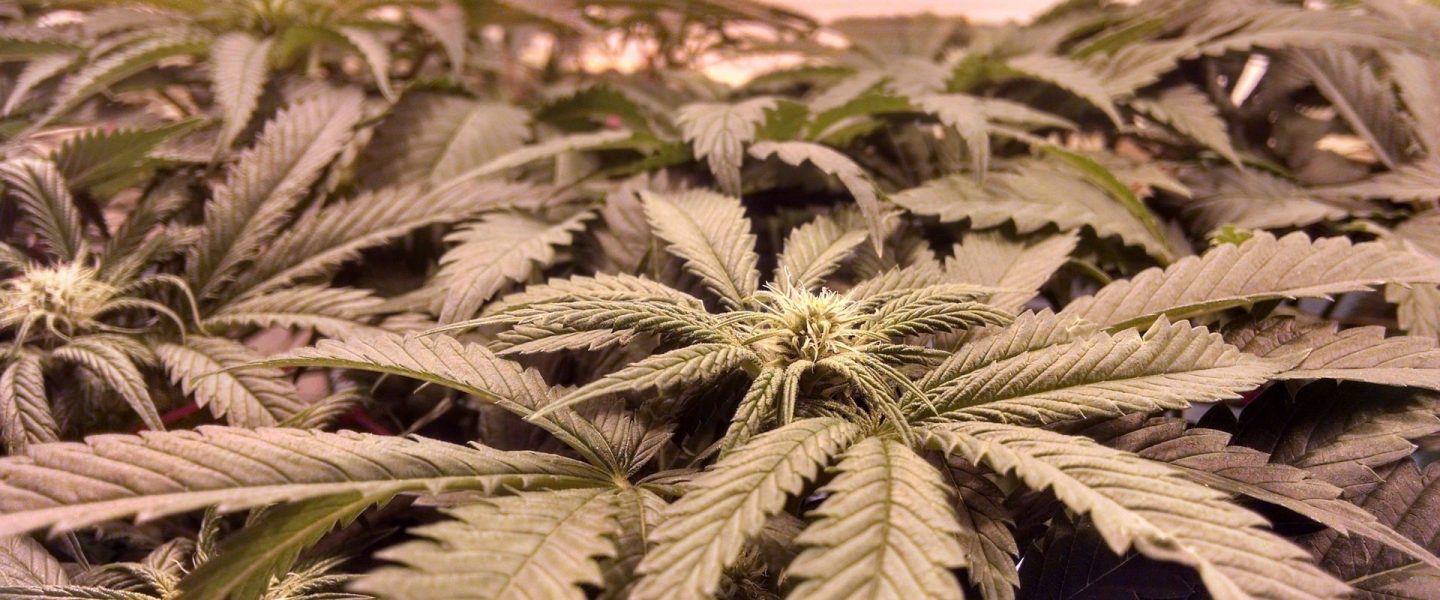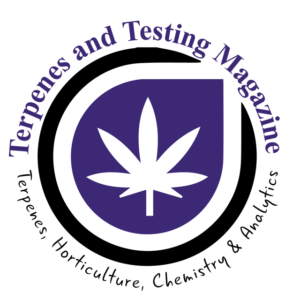
by Petar Petrov, Staff Writer for Terpenes and Testing Magazine
Adolescence is a special time in people’s lives, a time of self-discovery, illuminated by the first, and often brightest sparks of our lifelong passions, hobbies, and interests. Not coincidentally, that’s when most people first try cannabis and potentially develop a taste for it. Even though a large portion of them not only enjoy this first encounter, but remain ever-grateful for it, there are cases when things don’t turn out as well.
The question isn’t if cannabis is a gateway drug or not – using cannabis often provides a gateway, unless you’re completely unaffected by it. We’re not talking about the oft cited gateway to narcotics. Rather, this gateway refers to something more spiritual, more cerebral and cognitive. The question is what lies on the other side of the gate – an enhanced, wondrous, deeper outlook on life, or an impaired, lethargic, dopey approach to adulthood?
It all depends on when you start, how you do it, and who you are beyond cannabis. But amidst these variables, there’s one constant – cannabis use in adolescence is a much trickier matter than in adulthood.
The Effects of Cannabis on the Adolescent Brain
Different studies have come to the same conclusion: regular cannabis use in adolescence can have negative effects like impaired cognitive functions and hindered brain development that don’t just fade away, even if the habit has. These impairments can carry into adulthood. (1) Furthermore, regular cannabis use in adolescence has been suggested as having a link to other drug problems in adulthood. While the nature of this link might be a form of the chicken-and-the-egg paradox, the link is said to be there. (2) We’ll get to the specific statistics below.
Why Cannabis Affects Adolescents Differently
Because the research mostly focuses on the aftermath of regular cannabis use in adolescence and how it looks in plain numbers, many people fail to relate and really envision the connection, especially those whose experience with the flower has been vastly different. This is why it’s important to dive beneath the surface of the results and explain the mechanisms which underlie them.
Dr. Frances Jensen, a professor and chair of the Department of Neurology at the University of Pennsylvania Perelman School of Medicine, explains in an interview for NPR that our brains in childhood and adolescence are more prone to excitation than in adulthood, meaning the same substance can affect us more in adolescence than later on.
This is also part of the reason why adolescence is such an intense period of self-discovery and formation of tastes – it’s not just that it’s before adulthood chronologically, but because stimuli have a stronger, more lasting effect on the brain during those years. This is true for any kind of stimuli, from learning, to drugs, and even though it’s natural to think that those two lie on completely opposite ends of the spectrum, actually, they tingle our brains in a very similar fashion.
“Addiction is actually a form of learning. … What happens in addiction is there’s also repeated exposure, except it’s to a substance and it’s not in the part of the brain we use for learning — it’s in the reward-seeking area of your brain. … It’s happening in the same way that learning stimulates and enhances a synapse,” Dr. Jensen explains. “Just like learning a fact is more efficient, sadly, addiction is more efficient in the adolescent brain.”
And while the idea of addiction rarely comes up when talking about cannabis, dismissing it with condescension can be dangerous, especially for adolescents, for one simple reason – the strength of the adolescent endocannabinoid system and its cannabinoid receptors, the hosts of cannabis and its phytocannabinoids. Not only do adolescents have more cannabinoid receptors, but also phytocannabinoids cling onto those receptors for longer, resulting in longer-term effects.
“It turns out that these targets [the cannabinoid receptors] actually block the process of learning and memory so that you have an impairment of being able to lay down new memories,” says Dr. Jensen. “For instance, if they were to get high over a weekend, the effects may be still there on Thursday and Friday later that week. An adult wouldn’t have that same long-term effect.”
This is why in the adolescents’ world, even if cannabis addiction per se might still be a little far-fetched for most, a cannabis problem might be only a few joints away.
The Statistics
In light of this information, it only makes sense that even a year or two of difference in the starting age of cannabis use can make all the difference to adolescents’ development. (2) The amount and frequency are also major factors.
“The odds of developing any drug abuse symptoms by age 28 were non-significant if cannabis use had its onset at ages 15 to 17, but were significant and almost doubled each year if onset was before age 15,” the study says. Furthermore, frequent use (20 or more times a year) even at age 17 almost doubles the chance of abuse by age 28.
In short, cannabis use, especially when regular, can be a particularly slippery slope between the ages of 13 and 15, and even afterwards depending on the frequency.
Other studies have reached essentially the same conclusion. (3)
It’s important to note that the link between cannabis use in adolescence and drug and other problems later on isn’t a classic, straightforward cause and effect. There can be other, more elusive factors entangled in the whole connection, like individual biological mechanisms and social environment. It’s possible that people who are already have an affinity for risk behavior, drugs, and other dubious activities might be simply more inclined to try cannabis earlier, just like cigarettes and alcohol, and whatever else they can possibly find.
References:
- Jacobus and Tapert**, Effects of Cannabis on the Adolescent Brain**, Curr Pharm Des. 2014; 20(13): 2186–2193.
- Charlie Rioux et al., Age of Cannabis Use Onset and Adult Drug Abuse Symptoms: A Prospective Study of Common Risk Factors and Indirect Effects, The Canadian Journal of Psychiatry, 2018: 070674371876028.
3. Taylor et al, Patterns of cannabis use during adolescence and their association with harmful substance use behaviour: findings from a UK birth cohort,J Epidemiol Community Health, 2017, 71(8): 764-770.
Image Credits: Le Blog de SOS Education









